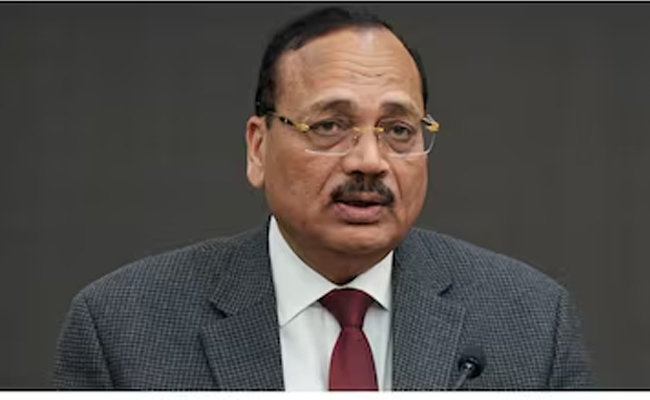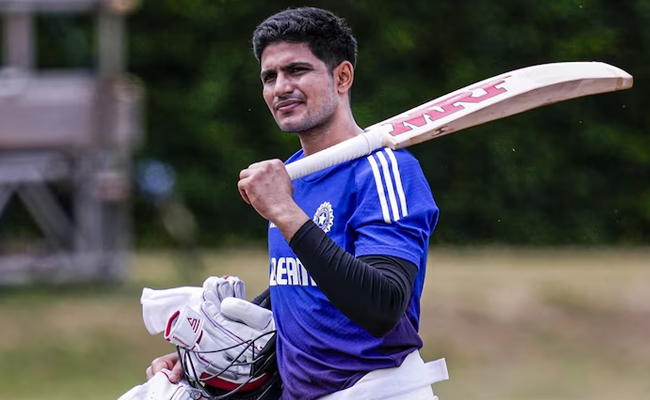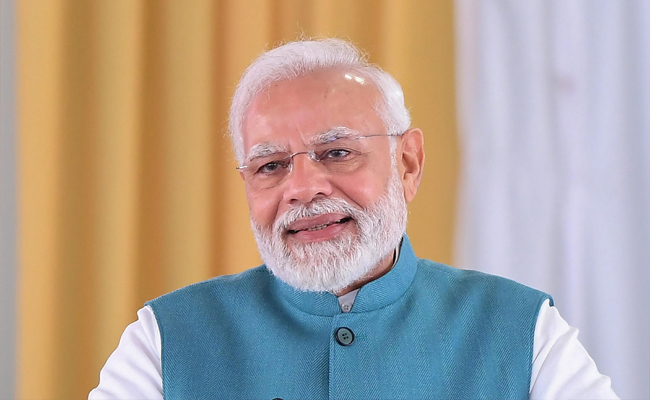New Delhi: SARS-CoV-2, the virus that causes COVID-19, may resemble the mild cold-causing coronaviruses that currently circulate in humans if it becomes endemic and most people are exposed in childhood, according to a study.
The modeling study, published on Tuesday in the journal Science, is based on the research of the four common cold coronaviruses and SARS-CoV-1.
The analysis of the immunological and epidemiological data for these viruses helped the researchers to develop a model to predict the trajectory of SARS-CoV-2 as it becomes endemic when the virus circulates in the general population.
The researchers noted that four common cold-causing coronaviruses have been circulating in humans for a long time and almost everyone is infected at a young age.
Natural infection in childhood provides immunity that protects people later in life against severe disease, but it doesn't prevent periodic reinfection, said Jennie Lavine, from Emory University in the US, first author of the study.
The research suggests that endemic SARS-CoV-2 may become a disease of early childhood, where the first infection occurs between 3 and 5 years old, and the disease itself would be mild.
Older individuals could still become infected, but their childhood infections would provide immune protection against severe disease, according to the researchers.
How fast this shift comes depends on how fast the virus spreads and what kind of immune response the SARS-CoV-2 vaccines induce, they said.
The model suggests that if the vaccines induce short-lived protection against becoming reinfected but reduce the severity of the disease, as is the case with other endemic coronaviruses, SARS-CoV-2 may become endemic more quickly.
"This model assumes immunity to SARS-CoV-2 works similar to other human coronaviruses. We don't really know what it would be like if someone got one of the other coronaviruses for the first time as an adult, rather than as a child, Lavine said.
The model predicts that the infection fatality ratio for SARS-CoV-2 may fall below that of seasonal influenza (0.1 percent), once an endemic steady-state is reached.
"We are in uncharted territory, but a key take-home message from the study is that immunological indicators suggest that fatality rates and the critical need for broad-scale vaccination may wane in the near term," said Ottar Bjornstad, a professor, and epidemiologist at Penn State.
He noted that maximum effort should be on weathering this virgin pandemic en route to endemicity.
A safe and effective vaccine against COVID-19 could save hundreds of thousands of lives in the first year or two of vaccine roll-out, but continued mass vaccination may be less critical once SARS-CoV-2 becomes endemic, the researchers said.
Targeted vaccination in vulnerable subpopulations may still save lives, they said.
The researchers also noted that if primary infections of children are mild when the virus becomes endemic, widespread vaccination may not be necessary.
However, if primary infections become severe in children, as in the case of more deadly but contained coronaviruses such as MERS, childhood vaccinations should be continued, the added.
Let the Truth be known. If you read VB and like VB, please be a VB Supporter and Help us deliver the Truth to one and all.
Jaisalmer (PTI): Pushing for a "unified judicial policy", Chief Justice of India Surya Kant on Saturday said technology can help align standards and practices across courts, creating a "seamless experience" for citizens, regardless of their location.
He said high courts -- due to the federal structure -- have had their own practices and technological capacities, and "regional barriers" can be broken down with technology to create a more unified judicial ecosystem.
Delivering the keynote address at the West Zone Regional Conference in Jaisalmer, Kant proposed the idea of a "national judicial ecosystem" and called for an overhaul of India's judicial system with the integration of technology.
"Today, as technology reduces geographical barriers and enables convergence, it invites us to think of justice not as regional systems operating in parallel, but as one national ecosystem with shared standards, seamless interfaces, and coordinated goals," he said.
He emphasised how the role of technology in the judiciary has evolved over time.
"Technology is no longer merely an administrative convenience. It has evolved into a constitutional instrument that strengthens equality before the law, expands access to justice, and enhances institutional efficiency," he said, highlighting how digital tools can bridge gaps in the judicial system.
Kant pointed out that technology enables the judiciary to overcome the limitations of physical distance and bureaucratic hurdles.
"It allows the judiciary to transcend physical barriers and bureaucratic rigidities to deliver outcomes that are timely, transparent and principled," he said, adding that the effective use of technology can modernise the delivery of justice and make it more accessible to citizens across the country.
The CJI called for implementing a "unified judicial policy".
He said India's judicial system has long been shaped by its federal structure, and different high courts have their own practices and technological capacities.
"India's vast diversity has led to different high courts evolving their own practices, administrative priorities and technological capacities. This variation, though natural in a federal democracy, has resulted in uneven experiences for litigants across the country," he said.
Kant underscored that predictability is crucial for building trust in the judicial system.
"A core expectation citizens place upon the courts is predictability," he said, adding that citizens should not only expect fair treatment but also consistency in how cases are handled across the country.
He pointed to the potential of technology in improving predictability.
"Technology enables us to track systemic delays and make problems visible rather than concealed," he said.
By identifying areas where delays occur, such as in bail matters or cases involving certain types of disputes, courts can take targeted action to address these issues and improve efficiency, Kant said.
The CJI explained that data-driven tools could identify the reasons behind delays or bottlenecks, allowing for faster, more focused solutions.
"Technology enables prioritisation by flagging sensitive case categories, monitoring pendency in real time and ensuring transparent listing protocols," he said.
Justice Surya Kant also discussed the importance of prioritising urgent cases where delays could result in significant harm. He highlighted his recent administrative order that ensures urgent cases, such as bail petitions or habeas corpus cases, are listed within two days of curing defects.
"Where delay causes deep harm, the system must respond with urgency," he stated, explaining that technology can help courts identify and expedite such cases.
Kant also raised the issue of the clarity of judicial decisions.
He noted that many litigants, despite winning cases, often struggle to understand the terms of their judgment due to complex legal language.
"Although the orders had gone in their favour, they remained unsure of what relief they had actually secured because the language was too technical, vague or evasive to understand," he said.
He advocated for more uniformity in how judgments are written.
"A unified judicial approach must therefore extend to how we communicate outcomes," he said.
The CJI also discussed the role of AI and digital tools in improving case management. He pointed to the potential of AI-based research assistants and digital case management systems to streamline judicial processes.
"Emerging technological tools are now capable of performing once-unthinkable functions. They can highlight missing precedent references, cluster similar legal questions, and simplify factual narration," he said, explaining how these technologies can help judges make more consistent decisions.
He also highlighted tools like the National Judicial Data Grid and e-courts, which are already helping to standardise processes like case filings and tracking.
Kant reiterated that the integration of technology into the judicial process is not just about improving efficiency but about upholding the integrity of the system and strengthening public trust.
"The measure of innovation is not the complexity of the software we deploy, but the simplicity with which a citizen understands the outcome of their case and believes that justice has been served," he said.





